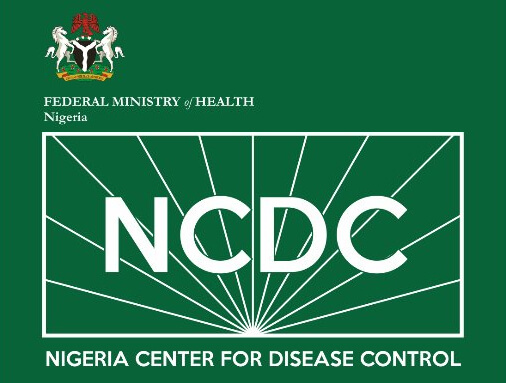
ABUJA, Jan 31 (NNN-XINHUA) — Nigerian health authorities said the most populous African country is at a very high risk of increased transmission of the viral hemorrhagic fever.
The Nigeria Center for Disease Control (NCDC) said in a statement that it has activated a national multisectoral emergency operations center for Lassa fever at level 2 to strengthen and coordinate the current response activities in the country following a risk assessment carried out by stakeholders and experts on Jan 20.
The risk assessment identified “an unprecedented upward trend in the number of confirmed cases being reported when compared to previous years; increased number of states reporting cases in comparison to previous years and increased risk of healthcare worker infections and deaths due to Lassa fever infection,” said the NCDC.
As of Jan 22, Nigeria had recorded 244 new confirmed cases of Lassa fever, with a total of 37 deaths and a case fatality rate of 15.1 percent, said the NCDC.
The death toll of Lassa fever in Nigeria reached at least 189 from 1,067 confirmed cases in 27 states of the country by the end of 2022, amid intensified measures by the government to reduce infections.
According to the World Health Organization, Lassa fever is caused by the Lassa virus. Humans usually contact the virus through exposure to food or household items contaminated by the urine or feces of infected Mastomys rats. The disease is endemic in the rodent population in parts of West Africa.
In some cases, Lassa fever has similar symptoms to malaria, appearing between one and three weeks after exposure to the virus. In mild cases, the disease causes fever, fatigue, weakness, and headache. — NNN-XINHUA






